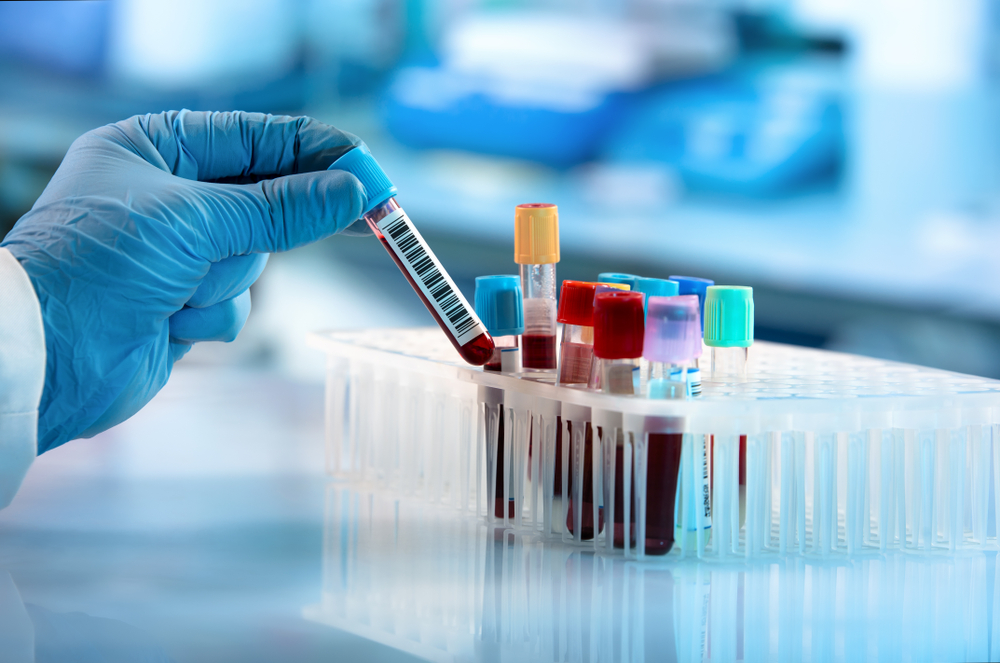
A lack of skills and funding prevents many charities from being proactive and ambitious in their use of technology. Last year, a survey of UK-based non-profits found that fewer than half have a digital strategy. But Anthony Nolan, which aids the fight against blood-related cancers through research, treatment and blood donations, is as aggressive in its use of technology as any private sector organisation.
“I spend 10% of the charity’s turnover on technology,” says chief digital and information officer Danny Attias. This investment helps Attias stay at the forefront of technology by moving forward on three fronts: the specialist systems that underpin its research, the IT platforms that keep the organisation running; and the digital skills of its employees.

Stem cell research in the cloud
Anthony Nolan’s core mission is to advance research on the use of stem cells to treat blood cancers such as leukaemia and lymphoma. More than 900,000 people are diagnosed with these often-incurable diseases globally every year.
The sophistication of this research has advanced rapidly in recent years, thanks to the advent of gene sequencing. This allows researchers to determine the exact genetic make-up of biological matter, including cancer cells.
“The research division is made up of a team of bioinformaticians who have written their own Linux-based solutions to take raw DNA data from the sampling scanning systems and then translate enormous amounts of data into legible, biologically understandable strings,” explains Attias.
Crunching all this DNA data requires considerable computing power. On the technology in place when he joined the organisation in 2016, Attias says: “We had inherited platforms which had literally been installed or built and then just sat there being used for years and years.” The task of managing this hardware “was too much, really. It’s just not what we do”.
Attias therefore oversaw the shift to cloud computing for genomic analysis. The charity uploads data to Google’s Cloud Platform in real time. “We’ve been able to put in a dedicated gigabit link, but expandable to 10GB if we need it,” he explains. “We’ve written a series of scripts so that as soon as the data lands, only then do we start to incur costs.”
When it’s time to analyse the data, the charity uses a 1,000-core cluster of compute servers. “When it’s finished, it spits back the result, a tiny bit of data, which is human readable. And then everything powers down and we’re not paying for anything again. Now we can get big chunks of data as it’s produced in real-time into Google Cloud.”
Evergreen IT systems
The charity’s day-to-day IT systems were also in dire need of an upgrade when Attias arrived. “Even though the business had changed, the processes had changed, the world had changed, the tech stack hadn’t changed at all. We were using an email system that was eight years old.”
If it’s worth keeping, it’s worth maintaining.
But instead of implementing a one-off upgrade, Attias introduced an ongoing regime on technology maintenance and investment, dubbed the Evergreen Strategy, to ensure the charity’s business systems are always up to date. A ‘business-as-usual’ development team works on updates and feature requests for all systems, no matter how old, in weekly sprints. “That’s fundamental,” says Attias. “If it’s worth keeping, it’s worth maintaining.”

In 2019, Attias replaced the charity’s ageing email systems with Microsoft’s cloud-based offerings, as he knew they would evolve over time. “Migrating to Office 365, Outlook and Teams, which are constantly updating, means that people now know when they’re coming to a system that they’re using the latest, freshest, greatest solution that’s out there.”
This put the organisation in a good position when Covid-19 forced staff to work remotely. “By the time the pandemic happened, everybody had pretty much logged into Teams at least once and they had an awareness of it.”
The charity decided to issue laptops to all employees so they could work from home, but Attias knew its two-person service desk would not be able to manage all these devices centrally. “We weren’t prepared to receive laptops at a central point and then have a mechanism to deploy patches, it’s just too much work,” says Attias.
He therefore decided on a combination of Google’s Chromebooks, which he describes as “self-building, self-healing and self-supporting” and Windows devices for those employees that need them. These are remotely managed using Microsoft’s Autopilot systems.
“So now a laptop arrives directly from the manufacture, the team member opens it up, connects it to Wi-Fi, puts in their Anthony Nolan email address and password; half an hour later they’re working.
“All this took two weeks from zero to implement. We were just absolutely determined.”
Keeping digital skills up to date
Having established a culture of constantly enhancing its technology systems, Attias is turning his attention to the organisation’s technology skills base. “My energy this year is about digital literacy across the whole organisation,” he says. “That is my number one priority for this year personally.”
For his technology team, that means boosting their knowledge in DevOps, agile development and machine learning. In order to achieve this, workers are encouraged to spend half a day each sprint developing their skills.
And to ensure the organisation’s skills base is as evergreen as its technology platforms, Attias prioritises the ability to learn when recruiting new team members. “The most important quality I look for in a recruit is the appetite for continuous learning and an aptitude and willingness to try things and fail things,” he says.
This, alongside the Evergreen Strategy, helps Anthony Nolan not only reach the cutting edge of technology but also to stay there. “That’s a DevOps-type of maturity that is crucial,” says Attias.






